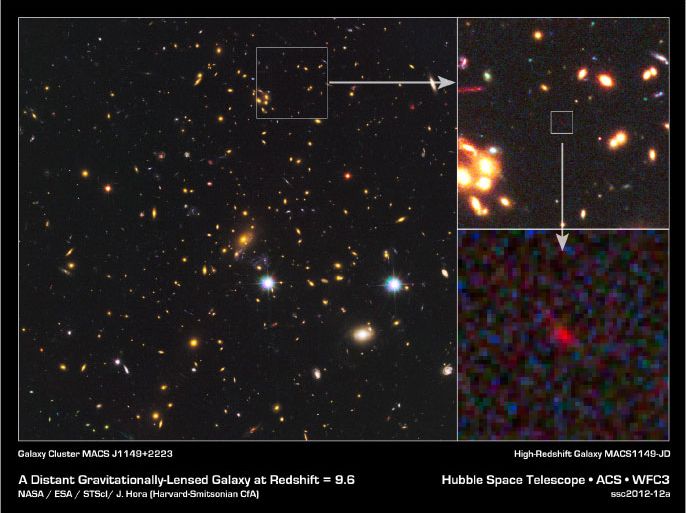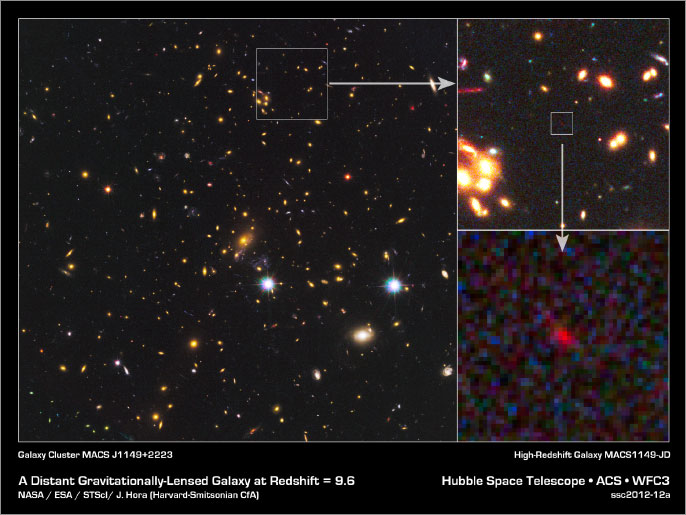أعمق لقطة للسماء من المنظار هابل


كشف علماء في الفلك النقاب أمس الثلاثاء عن أعمق لقطة لجزء صغير من السماء أثناء الليل تظهر فيها آلاف المجرات والأجسام السماوية الأخرى, وتم تجميعها من صور التقطها المنظار الفضائي هابل على مدى 10 سنوات.
وتضيف اللقطة التي أطلق عليها اسم "هابل أكستريم ديب فيلد" 5500 مجرة أخرى لما توصل إليه المنظار (التلسكوب) في عامي 2003 و2004 في بقعة صغيرة في أقصى الكون.
وعاد المنظار هابل لتصوير نفس البقعة أكثر من 50 مرة على مدار السنوات العشر الماضية مما أتاح له مليوني ثانية إضافية لالتقاط الصور, ويرجع عمر أبعد الأجسام المكتشفة إلى حوالي 500 مليون سنة بعد تشكل الكون قبل 13.7 مليار سنة.
وتظهر اللقطة التي تم تجميعها من صور المنظار أيضا مجرات مضيئة تأخذ أشكالا لولبية ومجرات أخرى حمرًا غير واضحة الشكل أكبر عمرا انقضت مرحلة تشكل النجوم بها.
وجمعت أكثر من ألفي صورة للبقعة نفسها أخذت بواسطة كاميرتين متطورتين بالمنظار لتكوين اللقطة الشديدة العمق الجديدة.
وقال غراث إلينغوورث من جامعة كاليفورنيا في سانتا كروز في بيان إن هابل أكستريم ديب فيلد هي أعمق صورة للسماء يتم الحصول عليها على الإطلاق.